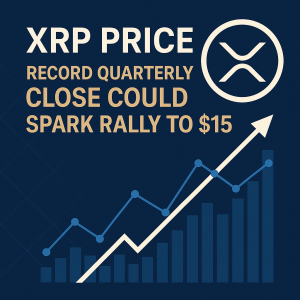Online shoppers are always on the lookout for ways to save money, and cashback portals offer a compelling solution. These platforms have gained immense popularity in recent years, allowing consumers to earn a percentage of their purchases back in cash. As more retailers embrace this trend, savvy shoppers can leverage these portals to maximize their savings while shopping online.
The Rise of Cashback Portals
Cashback portals have transformed the landscape of online shopping. According to a report from the National Retail Federation, nearly 80% of consumers now use some form of cashback or rewards program. This rise can be attributed to the increasing ease of online shopping and the fierce competition among retailers to attract customers. Popular portals such as Rakuten, TopCashback, and Honey partner with thousands of online retailers, offering users the ability to earn anywhere from 1% to 15% back on their purchases.
Market Impact
The impact of cashback portals on consumer spending is significant. A study conducted by Forrester Research found that shoppers who utilize cashback portals tend to spend more, with an average increase of 25% per transaction compared to those who do not. This trend indicates that cashback programs not only encourage higher spending but also foster brand loyalty, as consumers are more likely to return to retailers that offer cashback incentives.
Moreover, the global cashback market is projected to reach $200 billion by 2025, driven by increasing internet penetration and the growing influence of e-commerce. This booming market provides an opportunity for retailers to boost sales while enhancing customer retention through rewarding shopping experiences.
How Cashback Portals Work
Understanding how cashback portals function is essential for consumers looking to optimize their savings. When a user shops through a cashback portal, the retailer pays a commission to the portal for generating traffic and sales. The portal then shares a portion of this commission with the shopper as a reward. This model incentivizes both the retailer and the shopper, creating a win-win situation.
Users typically need to sign up for an account on their chosen cashback portal, allowing them to access exclusive deals and cashback offers. After selecting a store, shoppers click through the portal to complete their purchase. The cashback is tracked automatically and credited to the user’s account, which can usually be withdrawn via PayPal or in the form of gift cards.
Expert Opinion
Financial experts highlight the advantages of using cashback portals as part of a broader online shopping strategy. “By incorporating cashback into your shopping habits, you can effectively transform your spending into savings,” says Emily Johnson, a financial advisor and consumer behavior analyst. “The key is to make it a routine part of your online shopping experience. This way, you capitalize on the savings without altering your buying patterns significantly.”
Johnson also emphasizes the importance of comparison shopping. “Users should always compare cashback offers from different portals before making a purchase. Not all portals offer the same rates, and sometimes specific promotions can yield significantly higher savings.”
Risks and Considerations
While cashback portals can provide significant savings, there are some potential downsides. Shoppers may be tempted to buy items they do not need simply to take advantage of cashback offers. This can lead to excessive spending, negating the financial benefits that cashback programs offer. Additionally, not every retailer participates in cashback programs, which may limit options for consumers looking for specific products or brands.
Furthermore, it is essential to read the terms and conditions of cashback offers carefully. Some portals may impose restrictions or have delayed payment schedules, which can affect when users receive their earned cashback.
What’s Next?
Looking ahead, the popularity of cashback portals is expected to continue its upward trajectory. As technology evolves, new features such as personalized cashback offers, mobile apps, and browser extensions are likely to enhance user experience. Retailers may also innovate by creating proprietary cashback programs to differentiate themselves in a crowded marketplace.
Consumers should remain alert to the evolving landscape and be prepared to embrace these tools as part of their online shopping arsenal. By doing so, they can effectively navigate the world of e-commerce, ensuring that they not only enjoy their shopping experiences but also save money in the process.
In conclusion, cashback portals represent a valuable opportunity for online shoppers to enhance their savings. By leveraging these platforms smartly and adopting prudent shopping habits, consumers can make the most of their online purchases, contributing to a more satisfying shopping experience.







